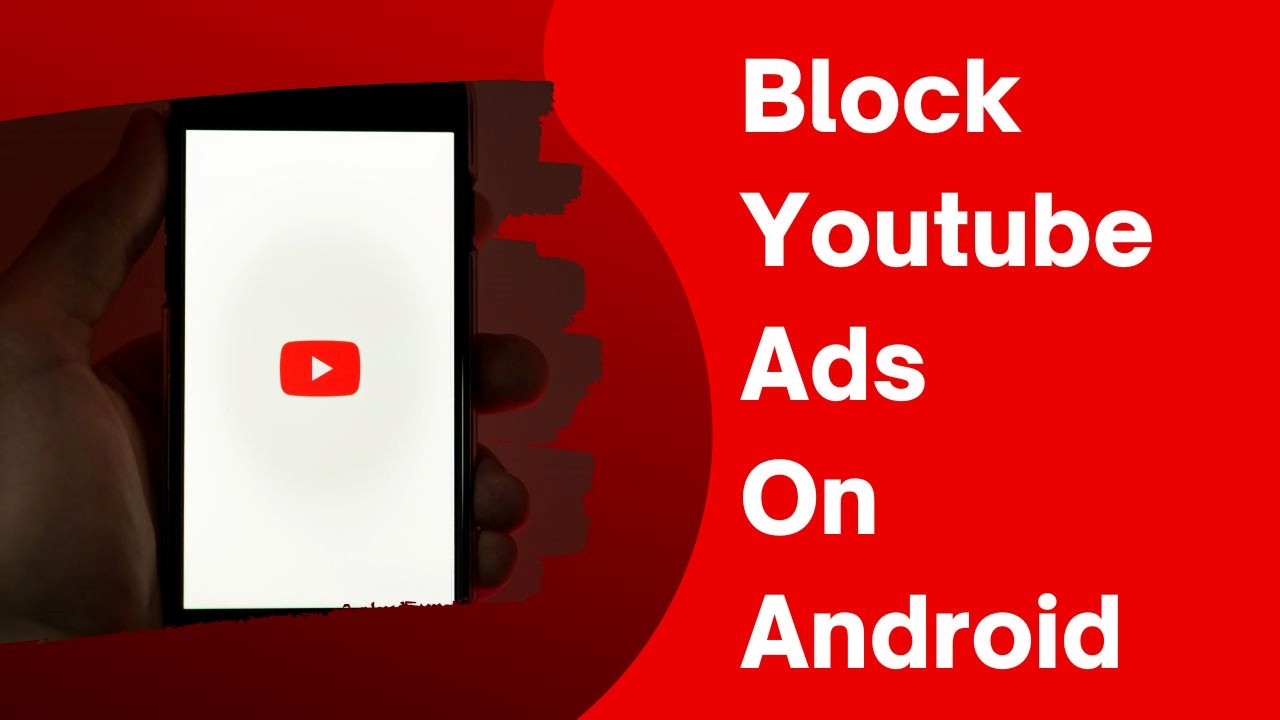Have you ever found yourself watching a YouTube video only to be interrupted by an ad that feels way too long or completely irrelevant? You're not alone! Many users are beginning to wonder if YouTube ads have indeed gotten worse over time. In this post, we’ll dive deep into the evolution of
The Evolution of YouTube Ads

YouTube ads have undergone significant transformations since the platform's inception. Initially, ads were simple, straightforward, and often limited to 30 seconds. However, as the platform grew, so did the complexity and variety of ad formats. Let's take a closer look at how these ads have evolved over the years:
- Early Days (2005-2010): The ads were mostly skippable and often just a single banner or video. Creators focused on simple promotions that were less intrusive.
- Ad Variety (2011-2015): The introduction of TrueView ads allowed viewers to skip the ads after five seconds, making them feel more in control. Advertisers began using engaging storytelling techniques.
- Increased Length and Intrusiveness (2016-Present): Ads began to stretch beyond the 30-second mark, with some non-skippable ads lasting up to 60 seconds. This change frustrated many users.
Moreover, the rise of targeted advertising meant that users would see ads that were more personalized, based on their viewing habits. While this can enhance relevance, it can also lead to an overwhelming amount of ads that feel repetitive or even annoying.
| Ad Format | Introduced | Characteristics |
|---|---|---|
| Display Ads | 2005 | Static images shown on the side of videos. |
| Skippable Ads | 2011 | Viewers could skip after 5 seconds. |
| Non-Skippable Ads | 2016 | Advertisements that must be watched in full. |
| TrueView Ads | 2011 | Ads that show before videos and can be skipped. |
As you can see, YouTube ads have become a more complex part of the viewing experience. While they provide valuable revenue for creators, many viewers are left wondering if the ad experience has truly improved or if it has become a hassle.
Also Read This: Does Alexa Work with YouTube Music? Setting Up Alexa for YouTube Streaming
Ad Frequency: Trends Over Time
Over the years, YouTube has seen a significant evolution in its ad frequency. Initially, ads were few and far between, making the viewing experience relatively seamless. However, as the platform grew and monetization became a priority, ad frequency increased markedly.
Here’s a brief look at how ad frequency has changed:
- 2015-2016: During this period, viewers typically experienced one or two ads before a video, with occasional mid-roll ads appearing in longer content.
- 2017-2018: The introduction of the "skip" button led to a proliferation of shorter ads, but viewers often encountered more overall ads per session.
- 2019-Present: Ads became more strategically placed, with many creators adding mid-roll ads to lengthy videos, leading to a noticeable uptick in the number of ads viewers encounter.
While some users appreciate the variety of ads being served, others feel overwhelmed. The frequent interruptions can disrupt the flow of content, leading to viewers becoming frustrated. As a result, many are questioning whether the increased ad frequency has degraded the overall YouTube experience.
Also Read This: How to Set Time Limits on YouTube for Your TV
Quality Concerns: Are Ads More Intrusive?
As ad frequency has increased, so have concerns regarding the quality of ads served on YouTube. Many viewers have reported feeling bombarded by intrusive ads that detract from their viewing experience. But what exactly does this mean?
Here are some common quality concerns associated with YouTube ads:
- Relevance: Ads often miss the mark in terms of relevance, with users receiving promotions for products or services that do not align with their interests.
- Length: The rise of longer, unskippable ads has frustrated many viewers who feel trapped into watching content they don’t want to see.
- Intrusiveness: Many ads now interrupt videos at awkward moments, disrupting the narrative flow and leading to viewer annoyance.
Moreover, some ads employ aggressive tactics, such as autoplay or overlays, making them feel even more intrusive. This shift has sparked discussions around YouTube’s ad policies and whether they prioritize revenue over user experience. As viewers seek more engaging content, the demand for higher-quality advertising becomes increasingly vital.
Also Read This: How to See What Devices Are Logged Into YouTube for Better Account Security
5. Viewer Experience: User Reactions
When we talk about YouTube ads, user reactions can be a mixed bag. Some viewers tolerate them, while others find them downright frustrating. The growing sentiment is that ads on YouTube have become longer and more intrusive, disrupting the flow of content.
Let's break down some common reactions:
- Ad Fatigue: Many users express that they feel overwhelmed by the sheer volume of ads. With multiple ads per video, viewers often reach a point where they simply stop watching.
- Content Relevance: Users have voiced frustration when ads bear no relevance to their interests. For example, a viewer watching gaming content might be served ads for home insurance, leading to a disjointed experience.
- Increased Skip Rates: Many users are opting to skip ads as soon as they can, which indicates a growing discontent with ad lengths.
- Ad Blockers: As a response to annoying ads, many viewers are turning to ad-blocking software, showing that they’d rather miss out on content than deal with disruptive advertisements.
Overall, it's clear that viewer sentiment is shifting, and platforms like YouTube need to pay attention to these reactions to improve the overall user experience.
Also Read This: How to Embed a YouTube Playlist on Websites and Blogs
6. Case Studies: Notable Changes
Several notable case studies highlight how changes in YouTube's advertising strategies have impacted viewer experiences and brand engagement. Let's dive into some of these examples:
| Case Study | Description | Impact |
|---|---|---|
| Beauty Channel Shift | In 2021, a popular beauty YouTuber found that her content engagement dropped significantly after a surge in non-relevant ads. | Viewers commented that they felt less inclined to watch her videos due to frequent interruptions. |
| Gaming Ads Experiment | A gaming company ran targeted ads during gaming streams but noted low click-through rates despite high view counts. | This indicated a disconnect between the content and the advertisements, leading to a reevaluation of their ad strategy. |
| Short-Form Content | With the rise of Shorts, brands began to test shorter ads that align with quick content consumption. | Initial results showed higher viewer retention, suggesting a preference for brevity in advertising. |
These case studies reveal that while YouTube ads can be a powerful marketing tool, their effectiveness hinges on relevance and viewer engagement. The landscape is evolving, and brands must adapt to keep viewers intrigued.
Have YouTube Ads Gotten Worse?
In recent years, YouTube has transformed into a significant platform for advertisers, but many users have voiced their concerns about the quality and frequency of ads. As users scroll through videos, they often encounter a barrage of advertisements that can detract from the viewing experience. Here’s a closer look at the factors contributing to the perception that YouTube ads have worsened over time.
Increased Frequency of Ads:
- Pre-roll ads: Typically played before a video starts.
- Mid-roll ads: Inserted during longer videos, disrupting the flow.
- Bumper ads: Short, non-skippable ads that can feel intrusive.
Targeting Concerns:
- Ads may not align with viewer interests, leading to frustration.
- Repetitive ads can create a sense of annoyance, especially when promoting the same product multiple times.
Ad Quality:
| Ad Type | Quality | User Reception |
|---|---|---|
| Skippable | Variable | Mixed |
| Non-Skippable | Often lower | Generally poor |
| Bumper | Concise | Better received |
In conclusion, while YouTube ads serve as a revenue source for content creators and the platform itself, their increasing frequency, often poor targeting, and variable quality have led many viewers to question whether they have indeed gotten worse. As the landscape of digital advertising evolves, the future of YouTube advertising will likely need to focus on enhancing user experience and balancing the needs of advertisers with viewer satisfaction.
 admin
admin








